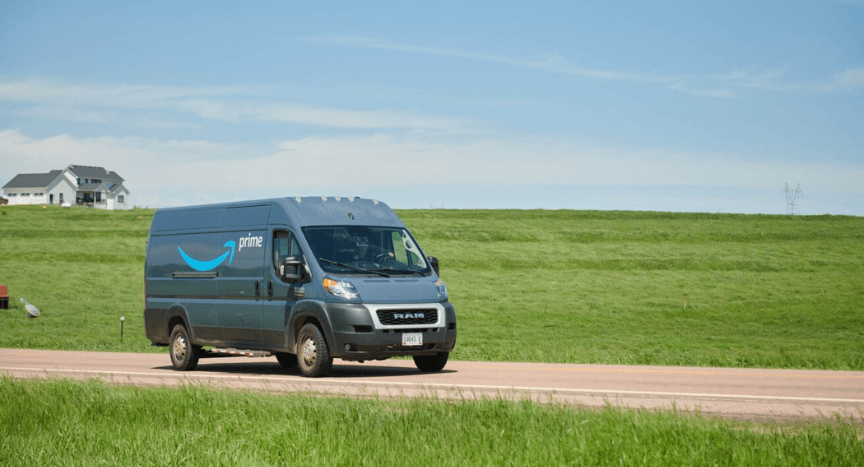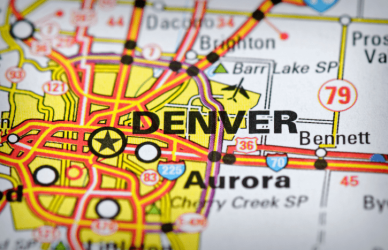Amazon is expanding its reach into small towns and rural areas with a $4 billion investment aimed at tripling its rural delivery network by 2026. The company says this move will allow them to deliver an additional one billion packages each year, and they plan to reach over 4,000 rural communities by the end of this year.
For last-mile delivery drivers, especially those already operating in rural or semi-rural regions, this growth could bring more stable work and easier access to pickup and drop-off points. Amazon is planning to open about 200 new delivery stations as part of this initiative. These stations will help reduce the distance drivers need to travel between stops and should cut down on time spent waiting between loads. The company says the expansion will create around 100,000 jobs, with each facility expected to employ roughly 170 people.
“At a time where many logistics providers are backing away from serving rural customers because of cost to serve, we are stepping up our investment to make their lives easier and better,” said Udit Madan, Amazon’s SVP of Worldwide Operations.
The rural delivery expansion also reflects growing competition in the logistics space. Walmart already offers same-day delivery to about 93 percent of U.S. households. Amazon is clearly working to keep up, not just in urban areas but across the country. Their goal is to speed up delivery times even in places where it’s traditionally been slower or more expensive to serve.
In fact, Amazon says same-day and next-day deliveries have already increased 30 percent in the first half of 2025. This suggests their rural investments are already having an impact, with faster shipping becoming more common even in outlying regions.
That said, the expansion won’t cover every far-flung address. As reported by Quartz, there are still some places Amazon may not be able to serve due to high delivery costs or access issues. But for most smaller communities, things are changing. And for drivers, this could mean fewer long-distance drives to reach delivery stations, better route density, and steadier income from more regular deliveries.
Amazon’s rural expansion is still in progress, but signs point to a shift that could benefit last-mile workers across a broad range of markets, especially those who’ve had to juggle multiple apps or drive extra miles just to find consistent work.
Source: Quartz
Image Source: About Amazon








